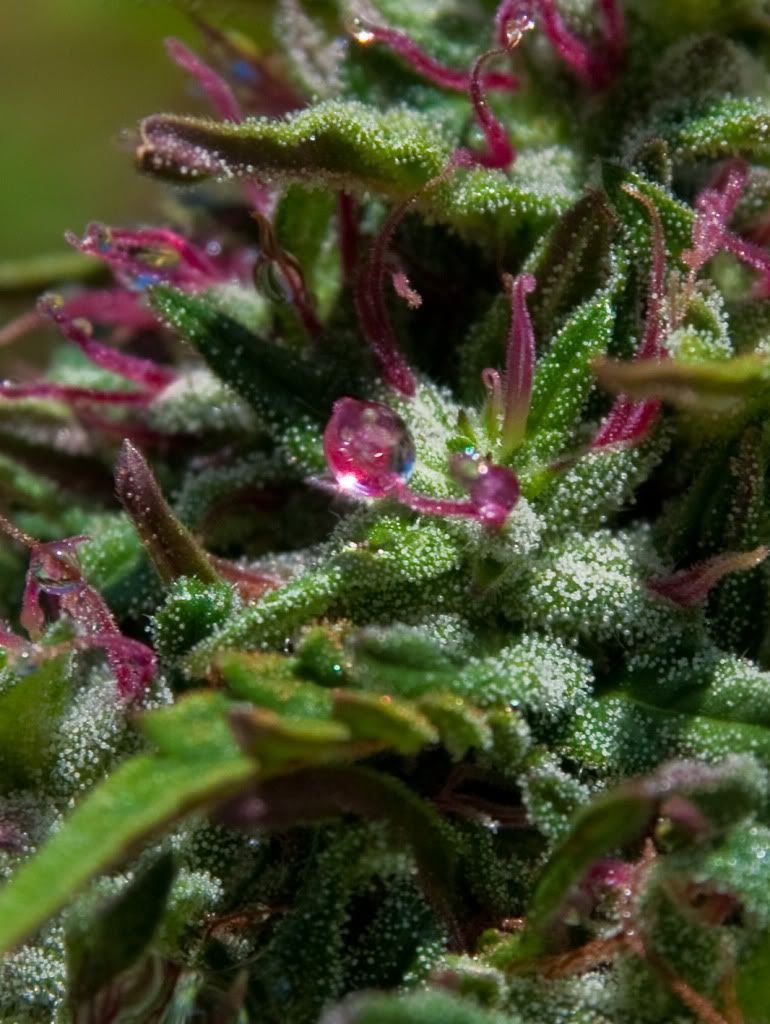
According to California Watch, at least one federal task force is delighted by data that it has collected on pot prices.
“Supply is down, so prices are up,” said Tommy LaNier, director of the White House-funded National Marijuana Initiative.
LaNier credited the shift in prices to new law enforcement tactics, including the use of more informants, undercover agents and wiretaps and an aggressive effort to intercept marijuana being shipped in vehicles and through commercial carriers like FedEx and UPS. He also said recent actions by the state’s four U.S. attorneys have shaken the marijuana industry.
“The market is significantly disrupted,” he said.
LaNier said creating market disruptions has been a top priority for law enforcement because it could make marijuana less affordable for minors.
Prices are higher this year when compared to the same time last year, which is reversal of a long downward spiral. Prices which in 2010 had dipped to $800 a pound in the frantic rush by grower’s to secure cash for Christmas and end of the year land taxes have “only” dipped to $1200 a pound this year. And prices in October and early November were similarly higher ($2000-$2400). Though these prices are significantly lower than those for pounds sold 15 years ago, when prices reached $5,000-$6,000 per pound, this is a reversal of a 15-year downward trend.
Today’s article in the California Watch talks about an “aggressive effort to intercept marijuana being shipped in vehicles and through commercial carriers like FedEx and UPS,” which, along with natural phenomena, like this being a terrible year for mold, have contributed to a drop in the amount of marijuana reaching the market.
As always, data is hard to quantify on an illegal substance. Much information, for instance, is obviously based on anecdotes, not scientific surveys. However, one effective way to measure whether the actual prices for pounds were rising would be to survey local merchants to compare how last year’s holiday season’s income compares to this year’s.
How ironic that Federal agencies, growers and merchants could all be delighted in the higher prices.
CLICK TO MANAGE